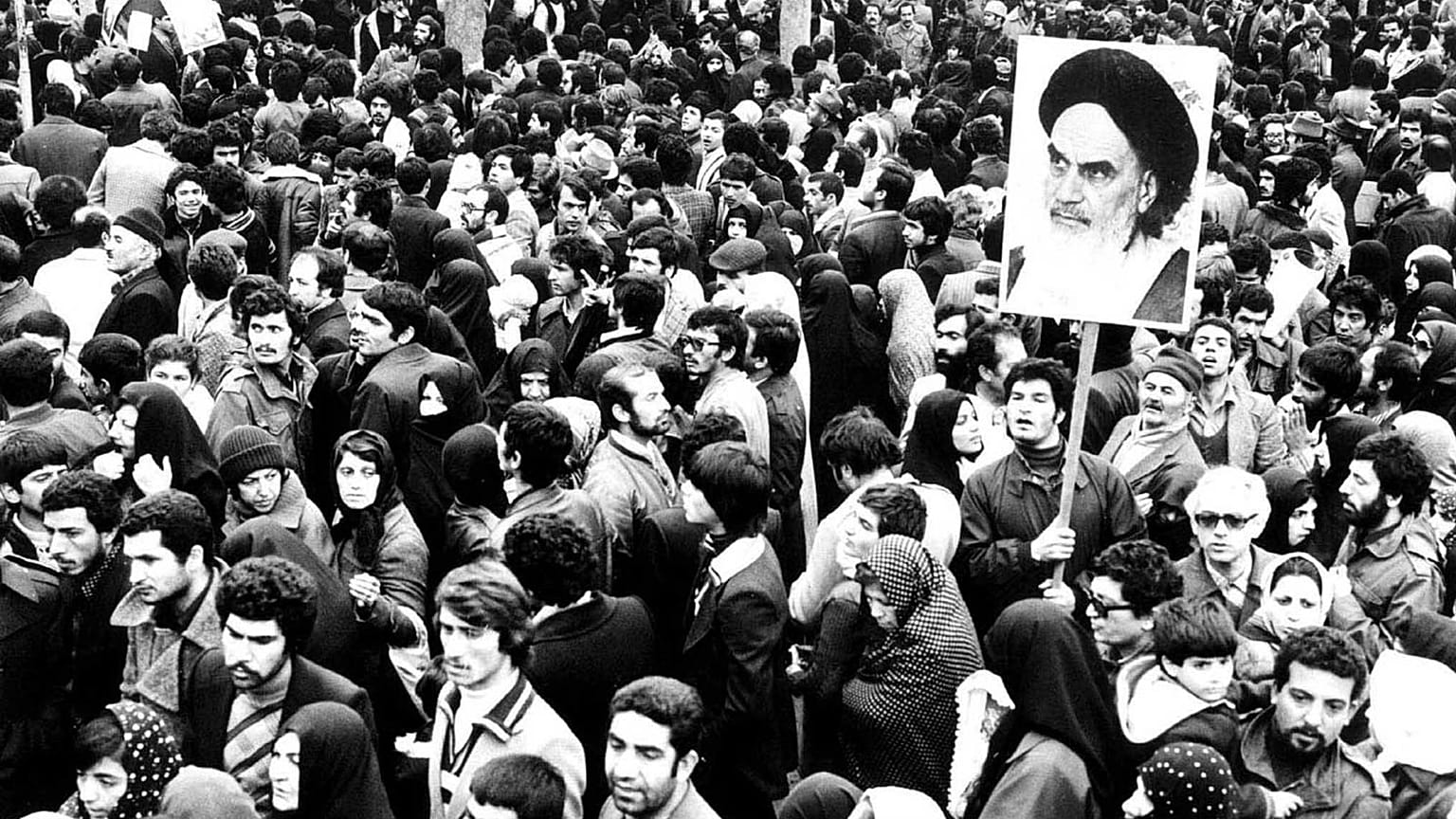On its 40th anniversary, Euronews looks back at Iran's Islamic Revolution and how it shaped the future of the country.
People across Iran are taking to the streets today to mark the 40th anniversary of its Islamic Revolution — an event that has gone on to define the country and its position within the world.
Ten days after Islamic clerical opposition leader Ayatollah Ruhollah Khomeini returned to Iran from exile in Paris on a special Air France charter, the royal reign collapsed and he became the country’s supreme leader.
The revolution of February 11, 1979 marked the end of decades of rule by US-backed Shah Mohammad Reza Pahlavi, whose authoritarian leadership, lavish lifestyle and Western-style reforms had united swathes of Iranians against him.
That April, the Islamic Republic of Iran was proclaimed following a referendum.
Later that year, Iranian militants took dozens of people hostage at the US Embassy in Tehran, sparking the first round of sanctions from Washington and causing a lasting rupture in countries' relations.
The years since have been marked with domestic struggles between reformist and conservative politics, and international disputes over Iran’s nuclear development.
Take a look at Euronews’ timeline to see the full details of the major events since the Islamic Revolution:















